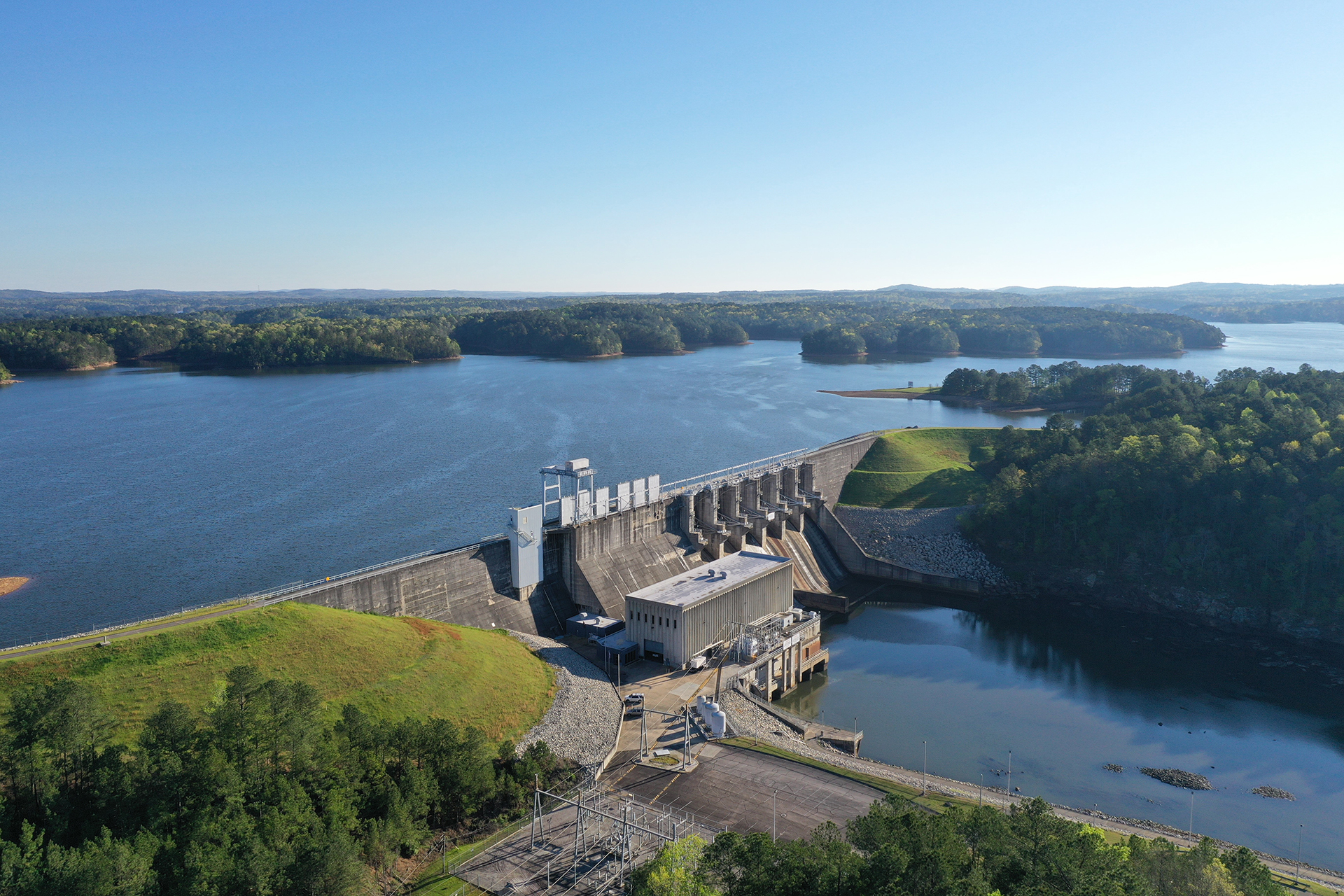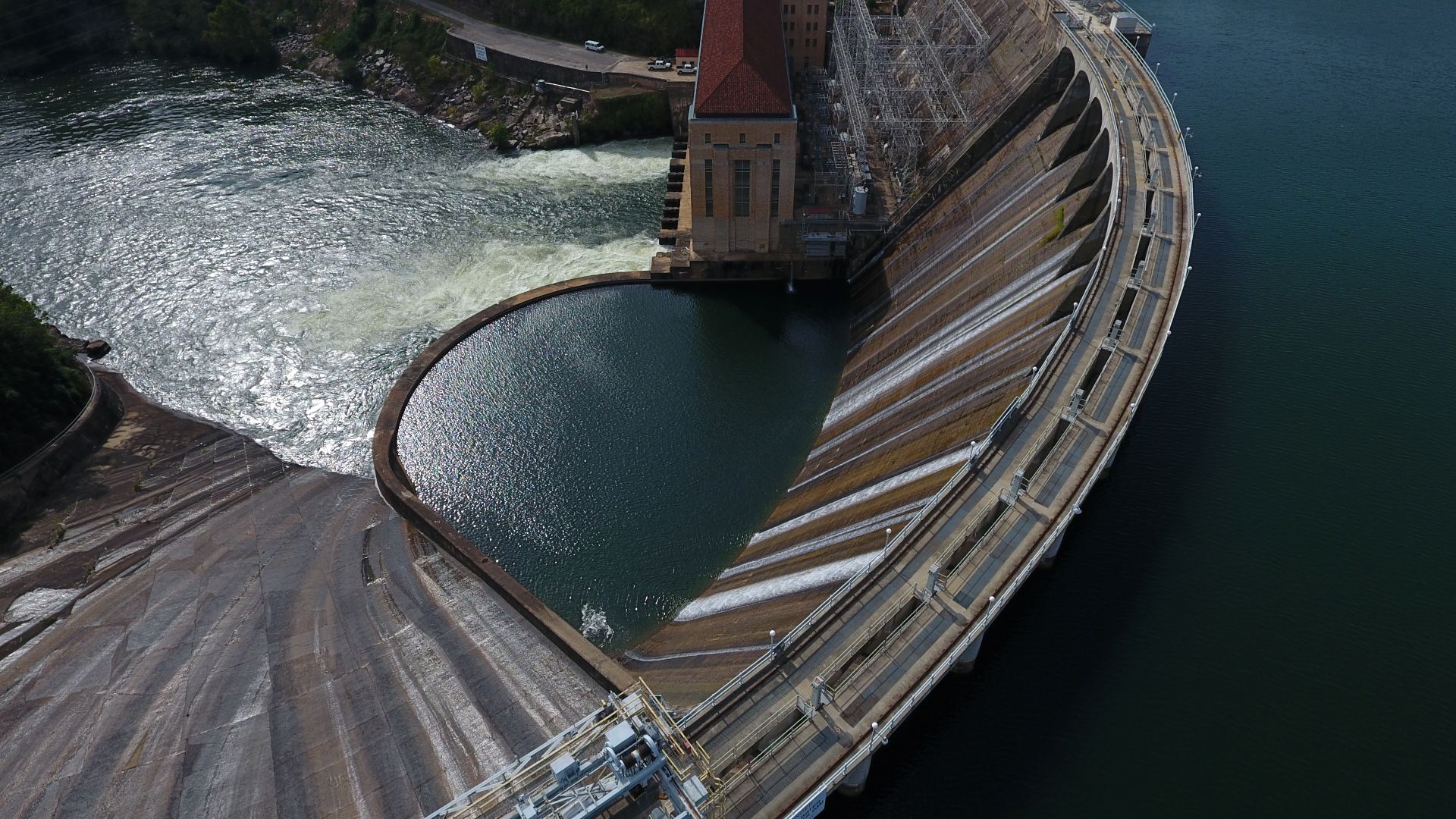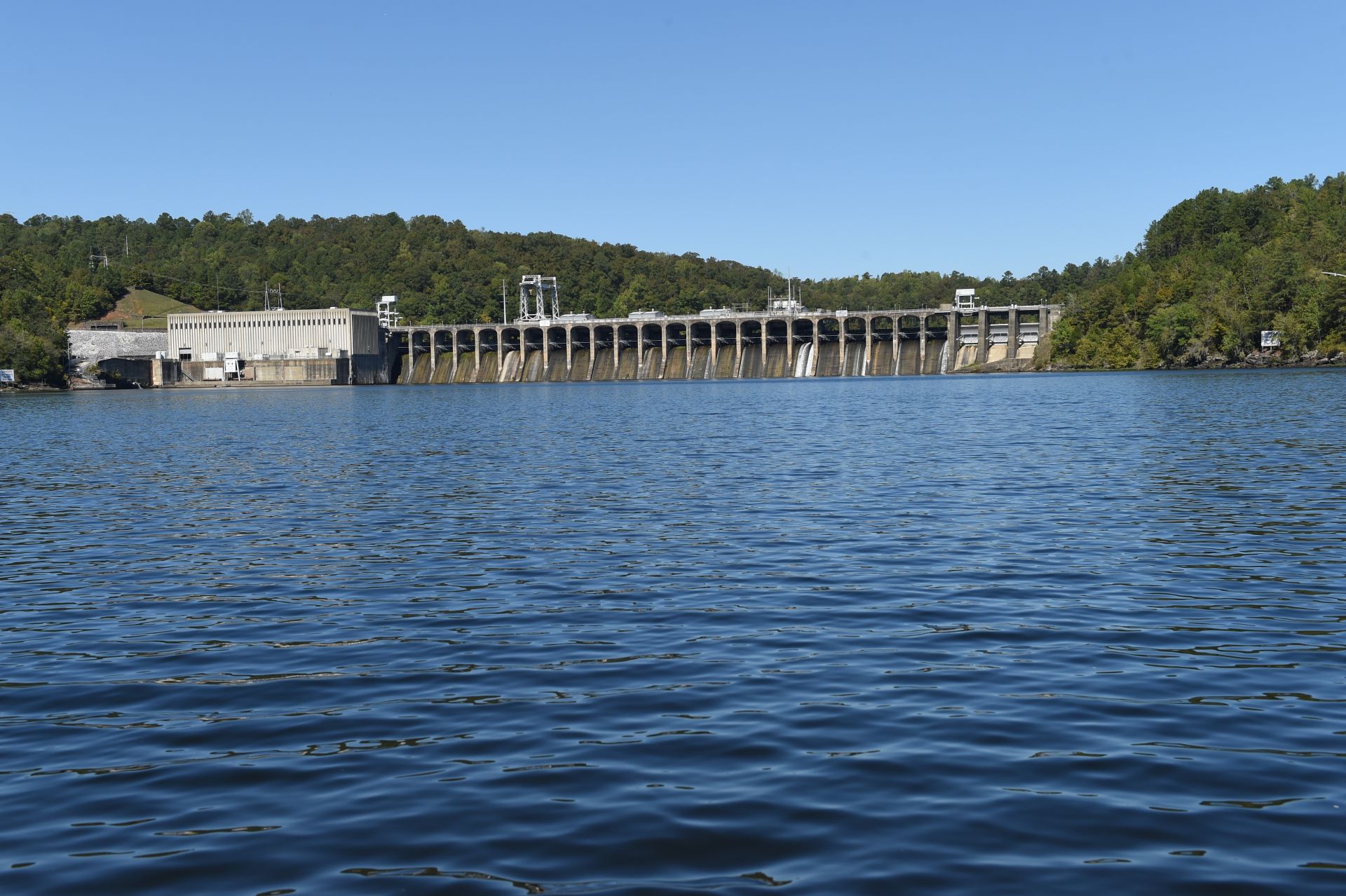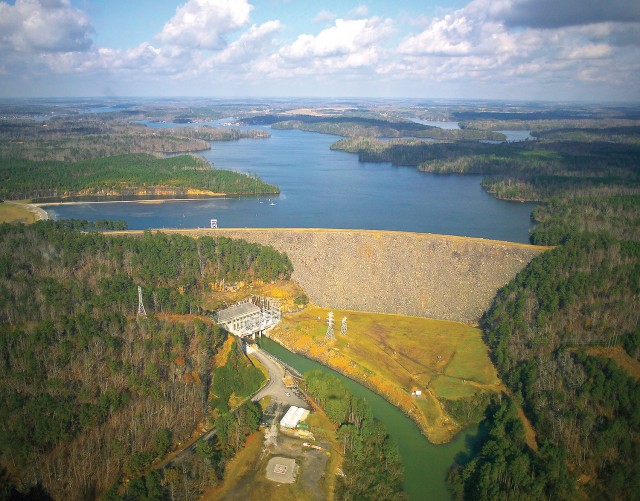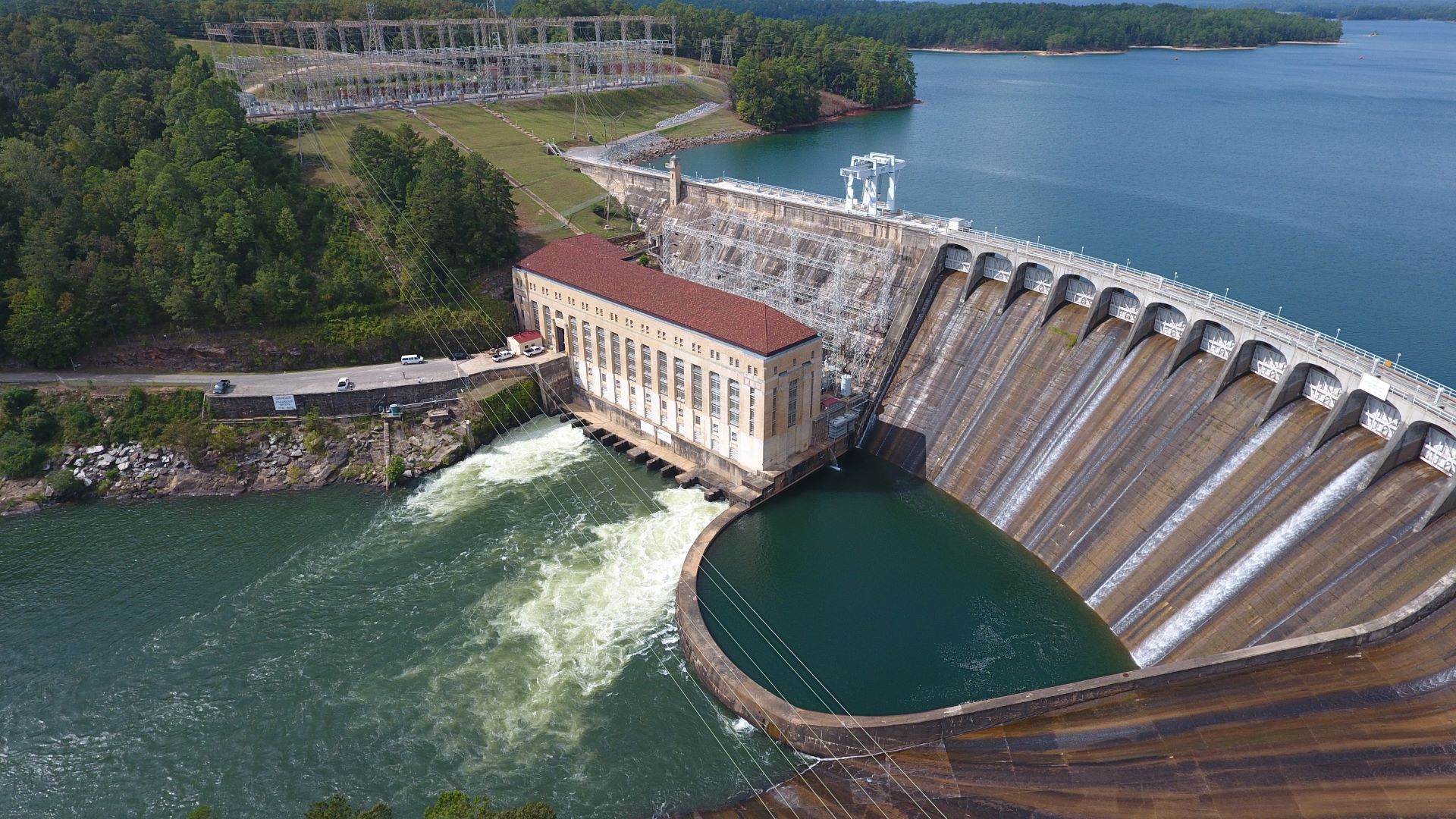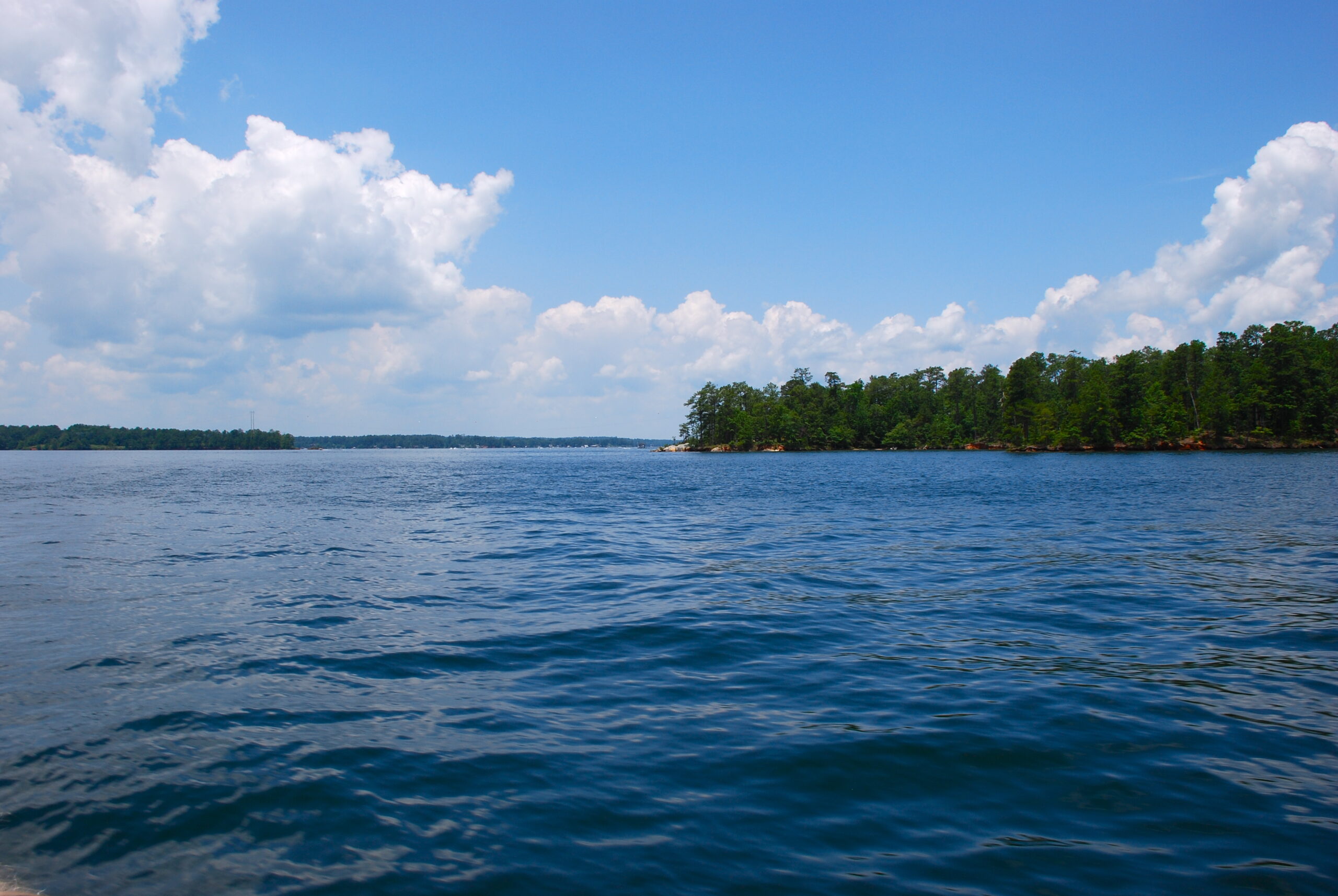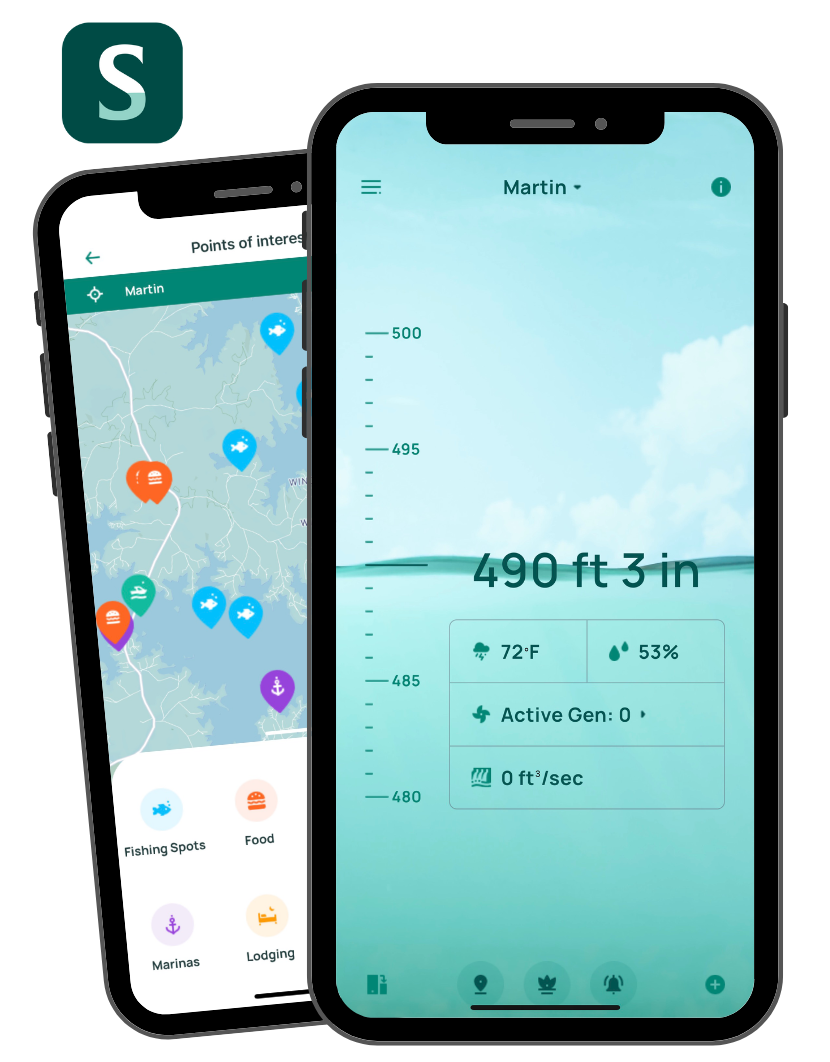Gene Phifer still cleaning up the Coosa River 17 years after starting what grew into Renew Our Rivers.
After years of watching his beloved Coosa River turn into a dumping ground for trash and debris, Gene Phifer took matters into his
own hands.
In 1999, Phifer, who was then the regulatory Compliance supervisor at Alabama Power’s Plant Gadsden, spearheaded the first cleanup on the Coosa River. That effort, which began with employees cleaning a 2-mile stretch of waterway near the plant, has grown into multiple cleanups with thousands of volunteers joining forces to remove trash from river systems across the Southeast.
Though he has been retired for seven years, Phifer still plays an instrumental role in the local cleanup.
Looking back, Phifer says the Coosa River has always been an integral part of his life. He spent time on the water as a boy with his dad and worked on the banks of the river.
“We have a river system flowing right through our town, and it was serving as a collection site for debris,” says the Gadsden native. “It was out of control. When you think about what the river means to the city from an environmental and economic standpoint, it didn’t look good. It was a daunting task because there was so much trash and no one was doing anything about it. Why not me? Somebody had to do something.”
Phifer went to work, rallying the support of the plant manager at the time, employees at the facility and the Alabama Power Service Organization (APSO)-Plant Gadsden Chapter. The cleanup was appropriately called Renew the Coosa. It was later renamed Renew Our Rivers after the concept began spreading to other Alabama waterways.
“I had a lot of good responses from people at the plant wanting to know, ‘What can I do? How can I help?’” Phifer says.
He and his co-workers knew they had to start small. During July and August 1999, they picked up trash and debris on the riverbank near the plant after work. They made multiple trips, loading their boats with anything they found floating in the water or lodged along the shore.
Phifer dreamed of removing trash all the way from Plant Gadsden to Neely Henry Dam. But he realized plant employees could not do it alone.
That’s when Phifer turned to the community. In January 2000, he hosted a huge meeting at Gadsden City Hall where he pitched his plan to community leaders, including Keep Etowah Beautiful, the local chambers of commerce, the schools, the media, area businesses and civic organizations. The mayors and other officials from Gadsden, Rainbow City, Southside and Attalla were also on hand.
“This kind of cleanup had never been done before with so many segments coming together,” says Phifer. “People were fed up and tired of the river not being taken care of. The group synergy and enthusiasm were tremendous.”
Under Phifer’s guiding hand, representatives from Alabama Power and community leaders met weekly to develop the timeline, devise a workable plan and organize the logistics of the cleanup.
The biggest decision, Phifer said, was where to pile the debris during the seven-day event, set to take place at the end of April.
“We came up with the idea of putting it in the amphitheater parking lot across from Gadsden City Hall,” Phifer said. “Some people said we shouldn’t draw so much attention. But it was symbolic.
We were showing the city of Gadsden, ‘Look what we are doing to our river.’”
At the end of the weeklong cleanup, there was a “mountain” of garbage and debris in the parking lot, Phifer said, with more than 500 volunteers bringing in about 14 tons of trash.
“To me, the hardest part of that cleanup was the coordination: How do you take care of that many people from a safety standpoint?” says Phifer. “It would have been chaos without
help from the sheriff and police department, the fire department, the emergency medical agency, the paramedics and the rescue squad. Safety has always been the highest priority at Alabama Power, and it’s the same for Renew Our Rivers.”
Phifer soon began getting calls from other lake homeowner and boat owner associations interested in hosting cleanups. Within three years, there were cleanups at all the lakes on the Coosa, Tallapoosa and Black Warrior rivers. Then, he began working with Georgia Power’s Plant Hammond employees to help them organize
a cleanup.
With cleanups popping up at lakes across Alabama, Georgia, Mississippi and Florida, the program was renamed Renew Our Rivers in 2002. Fittingly, the occasion was celebrated at the Plant Gadsden pavilion, the place where Phifer’s cleanup idea turned into reality in 1999.
Phifer said the cleanups have become a huge team effort, with company employees working closely with lake homeowner and boat owner associations
and community volunteers.
“The cleanups have gotten bigger and included more and more people,” says Phifer. “That first year, there were so many unknowns and so many things you didn’t know how to do. Later, it became clearer, and people began to understand their roles. We became more efficient. It’s still a lot of work, but it has become more manageable.”
Phifer, who retired from Alabama Power in 2009, has continued to play a leading role in the annual H. Neely Henry Lake cleanups on the Coosa River. He often takes his boat out on the water before cleanups to look for areas where debris has accumulated. Then, he helps dispatch volunteers and boats to those areas.
Phifer remembers one year his cleanup leadership team almost became too confident, thinking they could cover more and more of the river.
“We thought, ‘We are getting good at this,’ so we took on 53 miles of river,” Phifer said. “Because the volunteers were so scattered, communication became a problem. We had groups that needed to talk to each other, but SouthernLINC and cellphones wouldn’t work. After that, we began covering more manageable pieces of the river.”
Because the river stretches through Etowah, St. Clair and Calhoun counties, there are now two H. Neely Henry cleanups, Phifer says, allowing volunteers to cover more miles of waterway.
Phifer is, in fact, more involved in river issues than ever as president of the H. Neely Henry Lake Association.
This year, Phifer, along with Casandra Maudsley, lake association board member and Alabama Power Shoreline Management Operations administrative assistant, coordinated the cleanup that removed trash from the portion of H. Neely Henry Lake that runs through St. Clair and Calhoun counties. During the Aug. 27 cleanup, volunteers removed nearly 2.8 tons of trash.
Phifer and other H. Neely Henry Lake Association volunteers also assisted with the Etowah County cleanup, which took place Oct. 31-Nov. 3.
Keep Etowah Beautiful Executive Director Lisa Dover said volunteers removed 8.4 tons of trash and debris, including a small fishing boat, 217 passenger tires, 49 truck tires, metal drums and lawn chairs. She added there was more debris this year due to the prolonged drought and flooding the previous Christmas.
“Gene is just as involved now in the Etowah County cleanup as he was when he started it 17 years ago,” Dover says. “Because of the passion Gene has for his community and for making a difference, this program has been very successful in Etowah County. He’s a tremendous help to me because I know if something comes up on the river, all I have to do is call him, and he takes care of it.”
Along with its involvement in the cleanups, Phifer said the lake association is joining with Alabama Power and the Alabama Department of Conservation and Natural Resources to coordinate a fish habitat restoration program. The group is also in the early stages of planning an aquatic environmental education seminar for area high school students.
Reflecting on the past 17 years, Phifer said he’s not surprised by the success of Renew Our Rivers.
“After that first meeting in Gadsden in 2000, we thought, ‘You know, this thing might really spread,’” Phifer says. “With the enthusiasm in that room and in subsequent meetings, I knew we had something that had potential to move to other places, and sure enough, it has. It has worked because people want to get involved.”
Mike Clelland, Alabama Power Environmental Affairs specialist and the company’s Renew Our Rivers coordinator calls Phifer a “visionary.”
“Gene saw a need and worked tirelessly to help that need be addressed through community awareness and action by helping to turn what started as humble into a huge volunteer-based program known as Renew Our Rivers,” Clelland says. “In its 17th year, his vision is still growing today, with new volunteer groups continuing to get involved, and the enthusiasm couldn’t be better. All because of one man and one vision. I am so thankful to be a part of this great effort.”
– CARLA DAVIS




